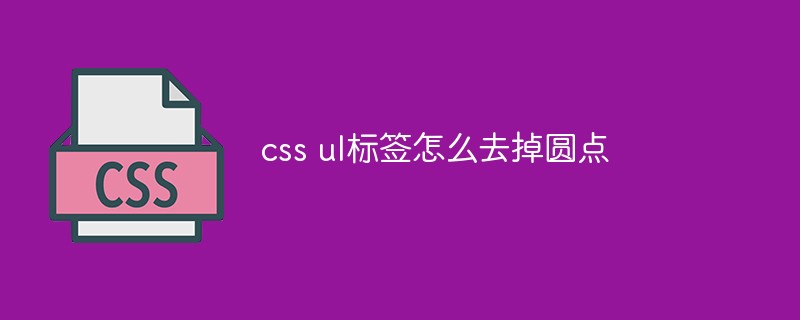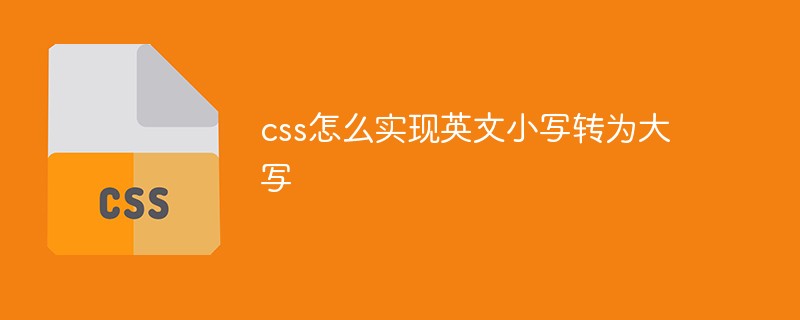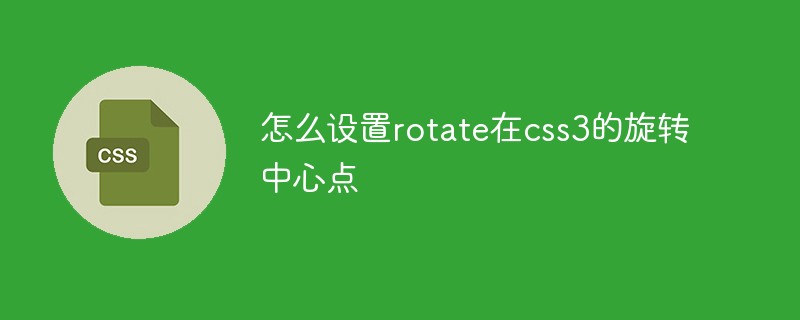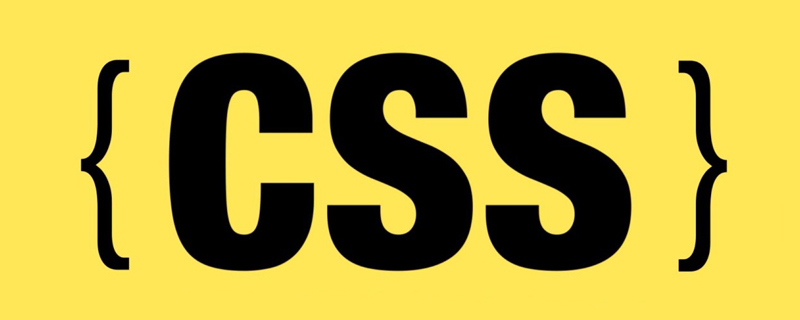Use line-height for vertical centering
line-height:24px;
When using a fixed-width container and need a row to be vertically centered, use line-height (the height is the same as the parent layer container) , more vertical centering summary can be seen here.
Clear container floats
#main {
overflow:hidden;
}
Such a problem was also mentioned before. For more information, you can see here.
Do not allow links to wrap
a {
white-space:nowrap;
}
The above settings can prevent links from wrapping, but I personally recommend long The link will have the corresponding line (for a discussion of line breaks, see the record in the center of the circle).
Always let Firefox display scroll bars
html {
overflow:-moz-scrollbars-vertical;
}
For more Mozilla/Firefox private CSS properties, please refer to here. For cross-browser support, you can also use
body, html {
min-height:101%;
}
Center the block element horizontally
margin: 0 auto;
In fact, it is
margin-left: auto;
margin-right: auto;
Basically all CSS textbooks will explain this technique, don’t forget to add it width. You can also use
body{
text-align: center;
}
and then define the inner container
text-align: left;
Restore .
Hide the scroll bar of the Explorer textarea
textarea {
overflow:auto;
}
Exploer textarea has vertical scroll bars by default (don’t ask me why) .
Set printing paging
h2 {
page-break-before:always;
}
page-break-before attribute can set paging when printing web pages.
Remove the dotted box on the link
a:active, a:focus {
outline:none;
}
Firefox will focus on the link by default (or click ), add a dotted frame, which can be deleted using the properties above.
The simplest CSS reset
* {
margin: 0; padding: 0
}
If you want to be "complex", refer to YUI's approach (and here). Some users also expressed their opinions in the original message
I have to agree with Niall Doherty, * {margin: 0px; padding: 0px;}
basically means "traverse every css element and give it these attributes". That is a very unnecessary strain on the server and
a bad semantic practice, as you have to give some elements
padding/margin again, after stripping them.
 css ul标签怎么去掉圆点Apr 25, 2022 pm 05:55 PM
css ul标签怎么去掉圆点Apr 25, 2022 pm 05:55 PM在css中,可用list-style-type属性来去掉ul的圆点标记,语法为“ul{list-style-type:none}”;list-style-type属性可设置列表项标记的类型,当值为“none”可不定义标记,也可去除已有标记。
 css与xml的区别是什么Apr 24, 2022 am 11:21 AM
css与xml的区别是什么Apr 24, 2022 am 11:21 AM区别是:css是层叠样式表单,是将样式信息与网页内容分离的一种标记语言,主要用来设计网页的样式,还可以对网页各元素进行格式化;xml是可扩展标记语言,是一种数据存储语言,用于使用简单的标记描述数据,将文档分成许多部件并对这些部件加以标识。
 css3怎么实现鼠标隐藏效果Apr 27, 2022 pm 05:20 PM
css3怎么实现鼠标隐藏效果Apr 27, 2022 pm 05:20 PM在css中,可以利用cursor属性实现鼠标隐藏效果,该属性用于定义鼠标指针放在一个元素边界范围内时所用的光标形状,当属性值设置为none时,就可以实现鼠标隐藏效果,语法为“元素{cursor:none}”。
 rtl在css是什么意思Apr 24, 2022 am 11:07 AM
rtl在css是什么意思Apr 24, 2022 am 11:07 AM在css中,rtl是“right-to-left”的缩写,是从右往左的意思,指的是内联内容从右往左依次排布,是direction属性的一个属性值;该属性规定了文本的方向和书写方向,语法为“元素{direction:rtl}”。
 css怎么设置i不是斜体Apr 20, 2022 am 10:36 AM
css怎么设置i不是斜体Apr 20, 2022 am 10:36 AM在css中,可以利用“font-style”属性设置i元素不是斜体样式,该属性用于指定文本的字体样式,当属性值设置为“normal”时,会显示元素的标准字体样式,语法为“i元素{font-style:normal}”。
 css怎么实现英文小写转为大写Apr 25, 2022 pm 06:35 PM
css怎么实现英文小写转为大写Apr 25, 2022 pm 06:35 PM转换方法:1、给英文元素添加“text-transform: uppercase;”样式,可将所有的英文字母都变成大写;2、给英文元素添加“text-transform:capitalize;”样式,可将英文文本中每个单词的首字母变为大写。
 怎么设置rotate在css3的旋转中心点Apr 24, 2022 am 10:50 AM
怎么设置rotate在css3的旋转中心点Apr 24, 2022 am 10:50 AM在css3中,可以用“transform-origin”属性设置rotate的旋转中心点,该属性可更改转换元素的位置,第一个参数设置x轴的旋转位置,第二个参数设置y轴旋转位置,语法为“transform-origin:x轴位置 y轴位置”。


Hot AI Tools

Undresser.AI Undress
AI-powered app for creating realistic nude photos

AI Clothes Remover
Online AI tool for removing clothes from photos.

Undress AI Tool
Undress images for free

Clothoff.io
AI clothes remover

AI Hentai Generator
Generate AI Hentai for free.

Hot Article

Hot Tools

EditPlus Chinese cracked version
Small size, syntax highlighting, does not support code prompt function

Safe Exam Browser
Safe Exam Browser is a secure browser environment for taking online exams securely. This software turns any computer into a secure workstation. It controls access to any utility and prevents students from using unauthorized resources.

SAP NetWeaver Server Adapter for Eclipse
Integrate Eclipse with SAP NetWeaver application server.

ZendStudio 13.5.1 Mac
Powerful PHP integrated development environment

VSCode Windows 64-bit Download
A free and powerful IDE editor launched by Microsoft







